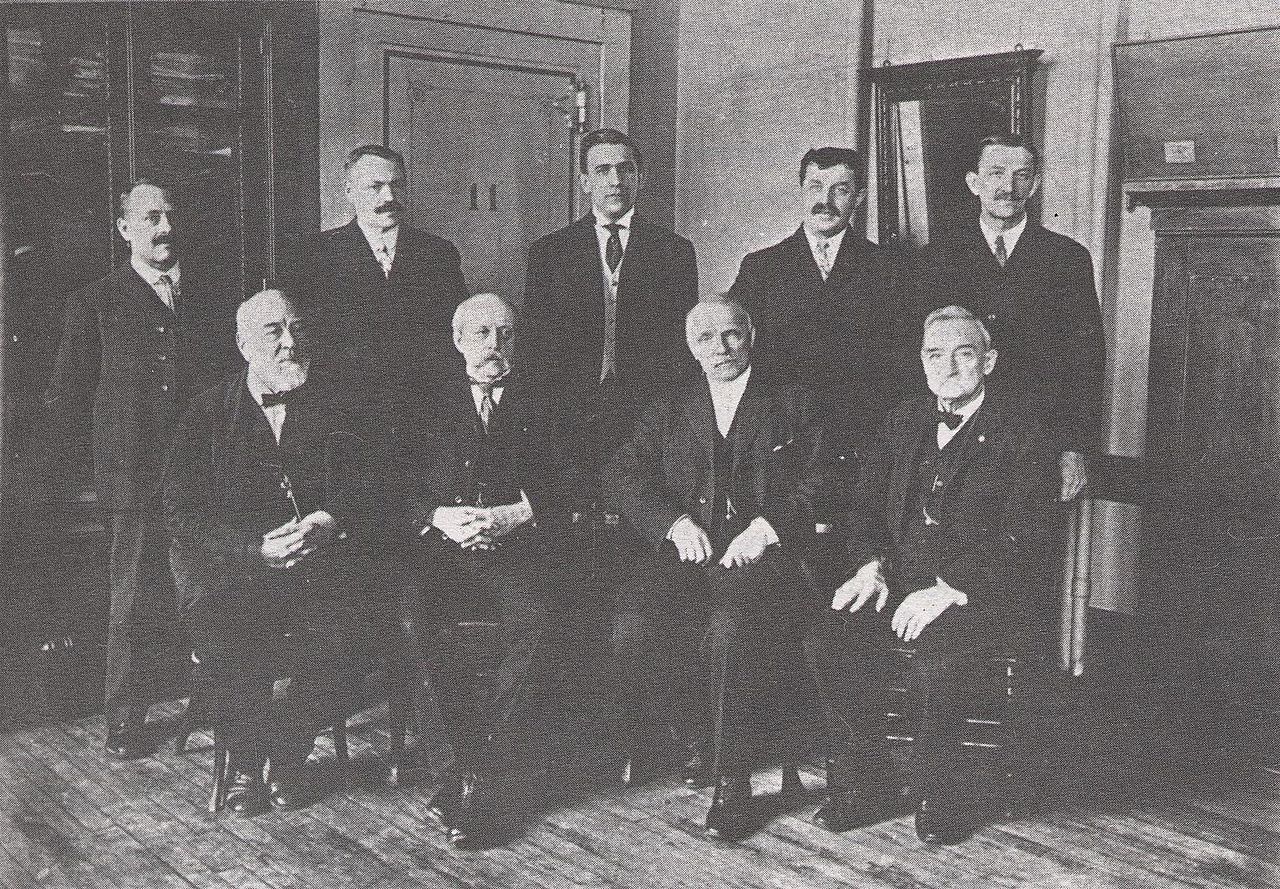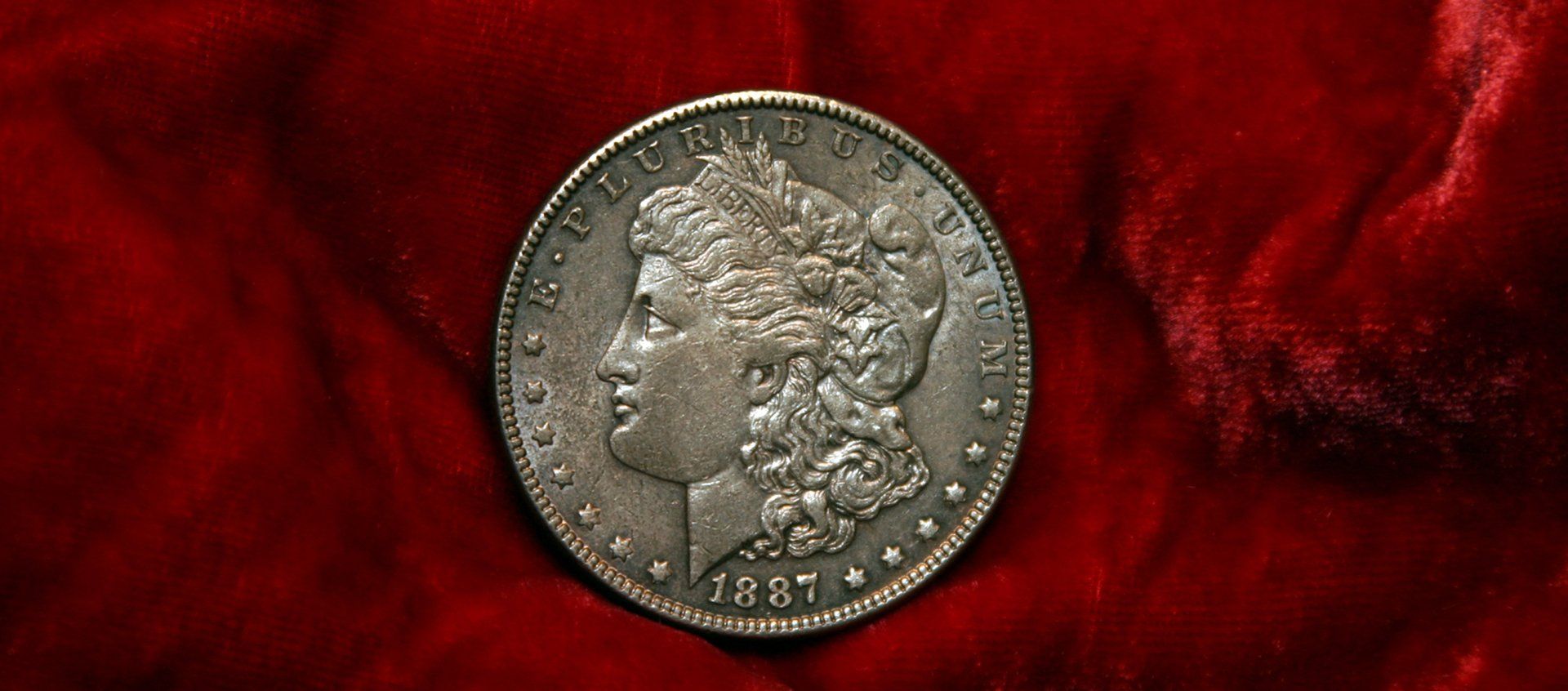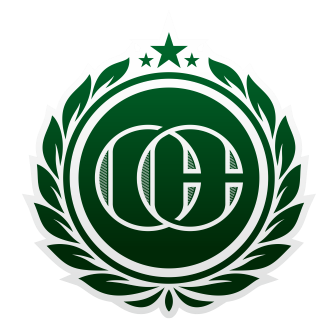Chief Engraver of the U.S. Mint: George T. Morgan
Seventh Chief Engraver of the United States Mint
Chief Engraver of the U.S. Mint. We’ve had many brilliant engravers in the position over the years. Today we’re going to dive a little bit into the life of one particular engraver.
He wasn’t Chief Engraver for long, and many think he didn’t get the position when he should have. He was a talented artist whose coins were not so popular in their time, but are highly sought after today. George T. Morgan.
A Young Engraver
George was born in Birmingham, England on November 24th, 1845. He learned sculpting and modeling at the Birmingham School of Art, and did so well he earned himself a scholarship for the South Kensington Art School.
After finishing school, he began his career at the British Royal Mint, working as an assistant under Messrs. J.S. & A.B. Wyon.
With well versed mentors, and his background in art school, Morgan’s talent absolutely excelled.
Special Engraver At The U.S. Mint
At the time in America, the U.S. Mint Director Henry R. Linderman was looking to recruit a new assistant engraver at the Mint. Linderman was unimpressed with William Barber’s coinage. He was hoping to breathe some life into the currency, and add more of an artistic touch.
It’s rather similar to when Roosevelt commissioned Saint-Gaudens because he was unimpressed with Charles Barber’s Coinage. (Like father like son?).
Linderman contacted C.W. Freemantle in London, who was the Deputy Master of the British Royal Mint. He enquired about talented engravers that were available for employment at the U.S. Mint. Fremantle suggested George T. Morgan. Linderman was impressed with Morgan’s work and offered him a position as Special Engraver at the U.S. Mint.
George took the job, and in 1876 he immigrated to the United States, and began a new life at a new Mint. But still doing what he loved. Engraving.
The Barbers
George worked under William Barber, who was the Chief Engraver at the time. He also worked with William’s son Charles, who was an assistant engraver at the time.
As you might imagine if you’ve heard anything about Charles Barber’s other encounters with engravers, George and Charles didn’t get along so well. (Check out this article on Barber and Saint-Gaudens)
The Barbers were a family with a generational tradition of engraving. This was a family trade for them. They didn’t have a formal education in art or sculpting, they each learned from their father. In fact, when William hired Charles on at the Mint, Charles had no experience engraving at all!
As compared to George T. Morgan and his experience and education, you can see why Charles perhaps started to get a bit nervous and territorial. William was training Charles to succeed him as Chief Engraver, but Morgan was so talented he could threaten Charles’ claim to that position.
Morgan’s Coin Designs
George T. Morgan designed many patterns for coins during his time at the U.S. Mint, one of the first was a $100 Gold Union Coin. An absolutely beautiful design, featuring Lady Liberty seated, and the reverse an eagle perched on a union shield.
It was unfortunately rejected. However, it has since been struck by private companies like the New York Mint ltd. (Not official U.S. Mint)
Some of Morgan's other pattern coins include the "Coiled Hair Stella", the 1879 "Schoolgirl" dollar and the 1882 "Shield Earring" coins.
The Morgan Silver Dollar
With Henry Linderman’s desire to redesign the Nations coinage, he charged George Morgan and Charles Barber with designing new silver dollar patterns. George enrolled in the Pennsylvania Academy of the Fine Arts, to prepare for redesigning the Liberty Head. As well as enrolling in an art school, Morgan also took time to study the Bald Eagle in nature, to further prepare.
Morgan wanted to have the Lady Liberty based off of an American woman, rather than the typical Greek-style that had been present on most of the Nation’s coins.
His friend Thomas Eakins suggested he use the features of Anna Willess Williams, a teacher from Philadelphia. By the end of the modeling sessions, Morgan believed Anna had the most perfect profile he had ever seen.
Linderman chose Morgan’s design over Barber’s, and in 1878 the first coins were finally struck. This marked the first standard silver dollar minted since the Coinage Act of 1873, ending the free coining of silver and the previous dollar design of the Seated Liberty.
The Morgan silver dollar was minted from 1878-1904, with a re-issue in 1921, although these coins just sat in the vault and were never circulated. There is also a proposal for them to be minted again this year, so we might be seeing some more Morgan silver dollars around.
George T. Morgan Becomes Chief Engraver
When William Barber died in 1879, there was some debate over who should gain the position of Chief Engraver. Charles E. Barber did end up being appointed to the position after his father passed away, but many people felt that Morgan should have received the position.
Over the next years Morgan continued working on engraving patterns, and Barber was accused of consistently passing up Morgan’s designs in favor of designs that were actually inferior to Morgan’s.
When Barber passed away in 1917, George T. Morgan became Chief Engraver of the U.S. Mint. He was 72 at the time! Morgan continued work at the Mint until he became ill. He passed away on January 4th, 1925, in his Pennsylvania home at the age of 79, and was succeeded as Chief Engraver by John R. Sinnock.
Check out some of our other articles in our Chief Engravers of the US Mint Series!
- Robert Scot
- William Kneass
- Christian Gobrecht
- James B. Longacre
- William Barber
- Charles E. Barber
- George T. Morgan
- John R. Sinnock



